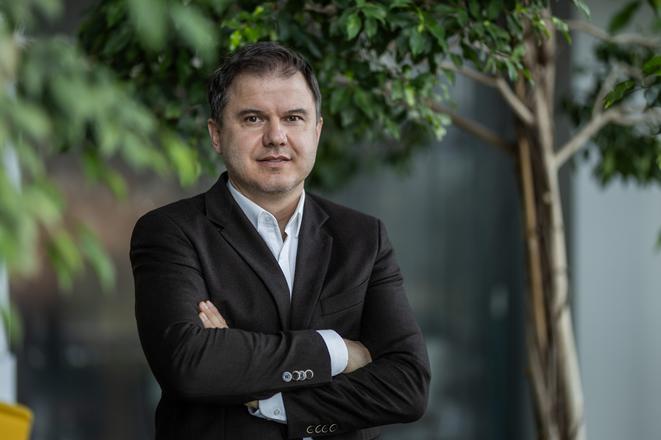Patrik Križanský, director of the Slovak Electric Vehicle Association (SEVA), a trade group, has always been fascinated by new technology. As such, it is no surprise that he is a firm believer in the potential of e-mobility.
The technology behind electric propulsion is not only key for the transport sector, being more environmentally friendly than alternatives and contributing to transport sustainability but, he says, it could also be used extensively in the energy sector.
“Batteries of electric cars can serve to balance the national electricity grid,” says Križanský. “Solutions for smart charging and dynamic tariffs that would make that possible already exist. What we need in Slovakia to enable their use is a suitable regulatory framework. However, the approach of the regulatory authority, the Regulatory Office for Network Industries (ÚRSO), in Slovakia is very conservative.”
The Slovak Spectator spoke with Križanský about the latest developments on the e-car market, why Slovak drivers do not currently buy many electric vehicles, construction of charging stations, EU tariffs on Chinese cars, and more.
What are the latest trends on the electric car market?
Although it does not look like this in Slovakia, where only a small portion of cars sold are electric, globally the sale of cars with internal combustion engines peaked in 2017. Since then it has been decreasing and the share of electric cars, both battery and plug-in hybrids, has been growing. Globally, about 14 million e-cars were sold in 2023. This year it will be around 16-17 million vehicles – a global transformation towards e-mobility is happening.
You will read in this article
-Is it a problem that a battery gigafactory has not yet been built in Slovakia?
-Does Slovakia need more green electricity to support the charging of electric vehicles?
-Are there enough public charging stations in Slovakia?
-When will smart charging be available in Slovakia?
-Which type of vehicle is more cost-effective: electric or fossil-fuel-powered cars?
-Why are Slovaks hesitant to purchase electric cars?




